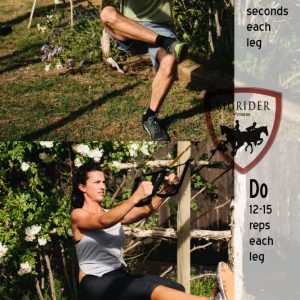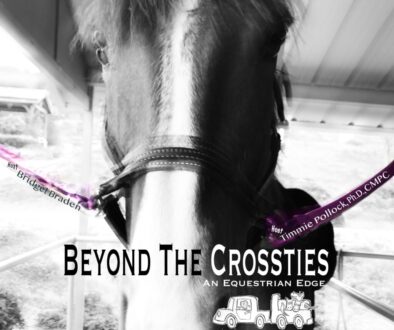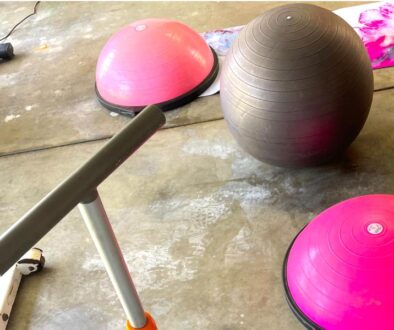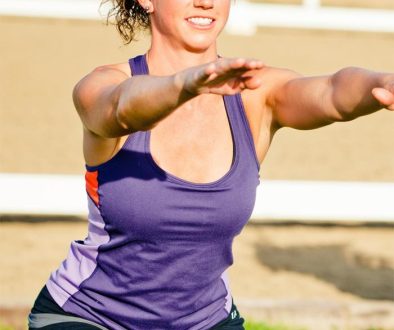Stronger, Longer Muscles
for horse and rider
Athletes who’ve developed mature muscles perform better. This muscle mass is dense and has more self support. But dense muscle has a harder time lengthening as naturally muscles will shorten with more activity. It happens in both the horse and the rider. This is why I think it’s so important for equestrians to take fitness seriously.
Strength in a muscle when it has adapted to the resistance being placed onto it.
Muscles in the beginning stages of development, need to learn to join their fibers together. This makes them stronger and able to handle the workload. This same adaption happens when you work a horse. You’re building muscles in the animal during an activity thus placing resistance onto their muscular build.
What you do on a daily basis determines how the muscles will develop. One thing that fascinates me is that both horse and human muscular development is relatively the same. Too much of one style of training leads to weakness in the other areas of physical endurance.
By isolating specific muscle groups in weighted exercises like a bicep curl, the placement of resistance is on the bicep muscles which in turn make the biceps stronger. Because of the created density as muscle fibers get stronger, stretching becomes more difficult. The struggle is stronger muscles want to naturally shorten and then it’s harder to get any elasticity in the muscle without stretching on a regular basis.
Trying to physically lengthen any strong, dense muscle fibers takes consistent stretching. This training is not the most fun for people that want to perform all the time but in order to have balance muscle develop in both horse and rider, stronger muscles must be lengthened as well.
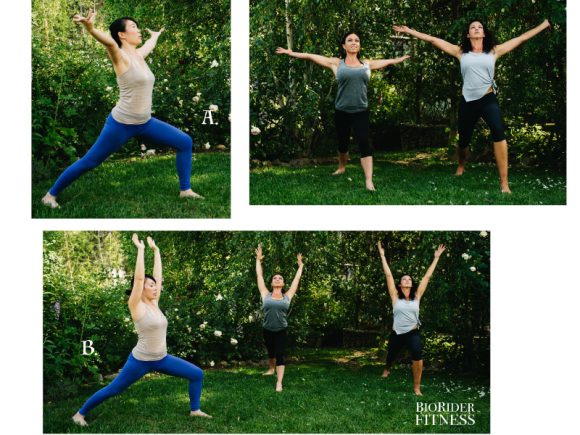
The job of every horse trainer should be finding ways and instructing riders to properly develop the horse. Instead focus is about performance and unfortunately horses are sadly replaceable for the blue ribbons. The exact same thing goes for humans but those that are at the top of their sport, have personal trainers and such to help them. Equestrians rarely take time to eat properly during the day, let alone take the time to stretch or get body work done.
Horses and humans get run down and one of the biggest successful training techniques is having athletes lengthen their muscles and breakup structural fascia buildup. It’s extremely easy to stretch the body but most don’t take the time to do it. If you’re lucky enough to have consistent body work done and/or you’re doing yoga-type sessions, over time your muscular structure will be more elastic and balanced. If you just strength training and hitting cardio, be careful not to develop short muscles.
A horse does not enjoy this type of muscles structure either, their suspension and gait range of motion will be limited.
Riders with short leg muscles can hold too much tension onto the horses ribcage. How would that feel to you? Short arm muscles have a hard time gaining a ‘rubber band’ like connection to the horse’s bit. Those are just a few examples of how uncomfortable it can be for a horse with a rider who has a ‘short’ muscle strength.
It’s much easier to lengthen muscle on a human than it is for a horse but it can be done. Dense muscle fibers allow a rider to have self control while on a moving animal. Horses who have proper muscle mass and conditioning can support themselves better, thus moving more expressive and stay sound longer.
Muscle mass that is dense, is also lean! Muscle mass that is dense also becomes more sensitive thus creating capable riding performance. To say that one needs lengthening more than strengthening to ride better is false. Saying a rider needs strength training more so than stretching is also false. There needs to be a combination of training in order to have peak performance, both the horse and rider!
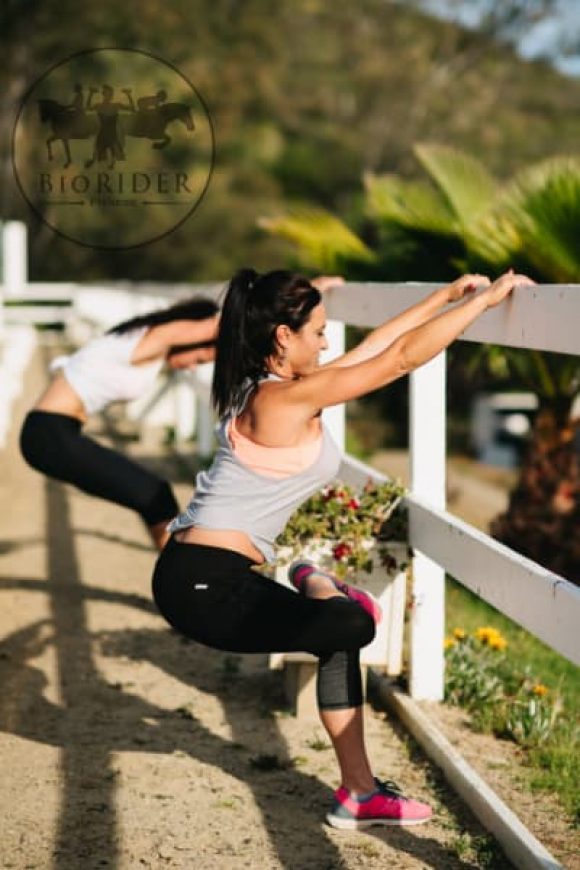
Find Your Program
Take this quick and easy form to see what program would fit your needs. Receive a coupon code for 25% off, a monthly discount!




